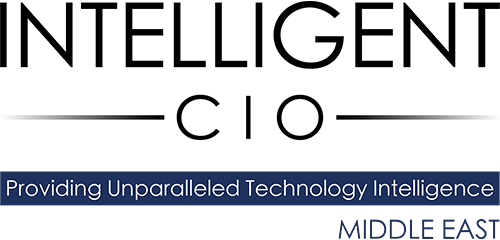In the first of a series of three articles, Andrew Stevens, CEO of CNet Training, explains how improving company and staff productivity through training is the sensible choice for your business.
Every organisation’s aim is to run at its optimum level, benefiting from a ‘well-oiled machine’ that delivers products and services in the most cost effective way to maximise returns. For the data centre industry there seems to be added pressure to achieve this purely because the entire world relies on its services – no pressure hey! However this, combined with the added potential huge costs of getting it wrong when experiencing outages, means that there has never been a better time to rekindle a focus on achieving productivity throughout the entire organisation.
Increasing staff productivity is the most logical place to start and could deliver maximum returns. There is no doubt that staff are usually the most important asset and the primary driver of success. But, how many organisations genuinely have a structured development plan for their mission-critical people, especially considering the fact that 73% of failure within a data centre is attributed to human error. With some dedicated time and focus, staff productivity can be improved to benefit the entire organisation.
The most obvious element to address and implement is staff training. A recent survey of IT professionals in the EMEA and US* showed that 84% believe IT training is valuable (they see it as a way to increase job prospects and boost salary). In addition, the business case to invest in on-going professional training and education for existing staff is strong. By harnessing current skills and embarking on a structured approach to career development, in the form of new learning and skills development, enhanced by professional qualifications and industry recognised certification, will allow data centre managers to be confident that their data centre is in the right technical hands.
A skills gap analysis and TNA (Training Needs Analysis) are a must in order to ensure all gaps can be addressed for the benefit of the entire organisation. Then appropriate training can be sourced. The challenge however is finding the right training that delivers the right technical knowledge and outcomes. Knowledge that reflects the very latest emerging trends, the right industry recognised qualifications and certifications. The programs from CNet Training’s global data centre education framework offer just this, not only are the programs delivered by their own highly experienced instructors, they provide high level qualifications plus industry recognised certifications – a must for individuals to prove their skills and knowledge in the future.
However, it is also important to realise the difference between qualifications and certifications. Qualifications prove that an individual’s knowledge is at a particular level, the higher the qualification level the more responsibility and accountability they can have within an organisation, in other words qualifications provide reassurance that an individual in at the right level within an organisation.
In addition, qualifications are for life and once you have obtained them it proves that you had the right technical knowledge and ability at the time you took the examination. Whereas a certification is a commitment to life-long learning, once gained your knowledge is re-certified, usually every three years, this process is usually quick, challenging but cost effective, for example CNet Training’s re-certification process is online, with a review of the latest program material and an on-line assessment. Re-certification brings knowledge up-to-date and provides confidence that individuals are aware of the latest industry developments and re-certifies their technical abilities for a further three years.
Once trained to the right technical levels it is important that staff are empowered to utilise their new found skills and knowledge, helping to increase productivity, improve efficiency and help develop their own roles and career. Ideally each member of staff will follow their own individual development plan and undertake a program of continual personal assessment and this, of course, will contribute to an overall business plan of continuous improvement.
In addition to a focus on employees, company productivity is also key. It is therefore important that the organisation is led by the business strategy and this is the primary focus for all departments of the organisation, including the IT strategy. It’s the old adage of the benefit of ‘joined up thinking’, any disconnection could have major consequences for the organisation.
In summary, the business strategy must be the main driver for the entire organisation. Coupled with the right investment of time and knowledge acquisition for mission critical staff, the organisation will benefit from aligned thinking and be strong and confident in the marketplace.
* source Spiceworks, Uptime Institute
About Author
 Since studying for a Marketing Engineering degree, Andrew has been involved in the international telecommunications and data centre industries for the past 25 years, starting his career within the manufacturing and distribution arenas.
Since studying for a Marketing Engineering degree, Andrew has been involved in the international telecommunications and data centre industries for the past 25 years, starting his career within the manufacturing and distribution arenas.
He joined CNet Training in 1997 as Sales Director and has been Managing Director since 2004. Andrew has always been an active member of numerous industry trade bodies including the BCS and DCA. He created the global data centre education framework and has been instrumental in the development of the only truly mapped qualifications and certifications for the data centre industry. He has also been awarded a number of industry accolades for his work.


